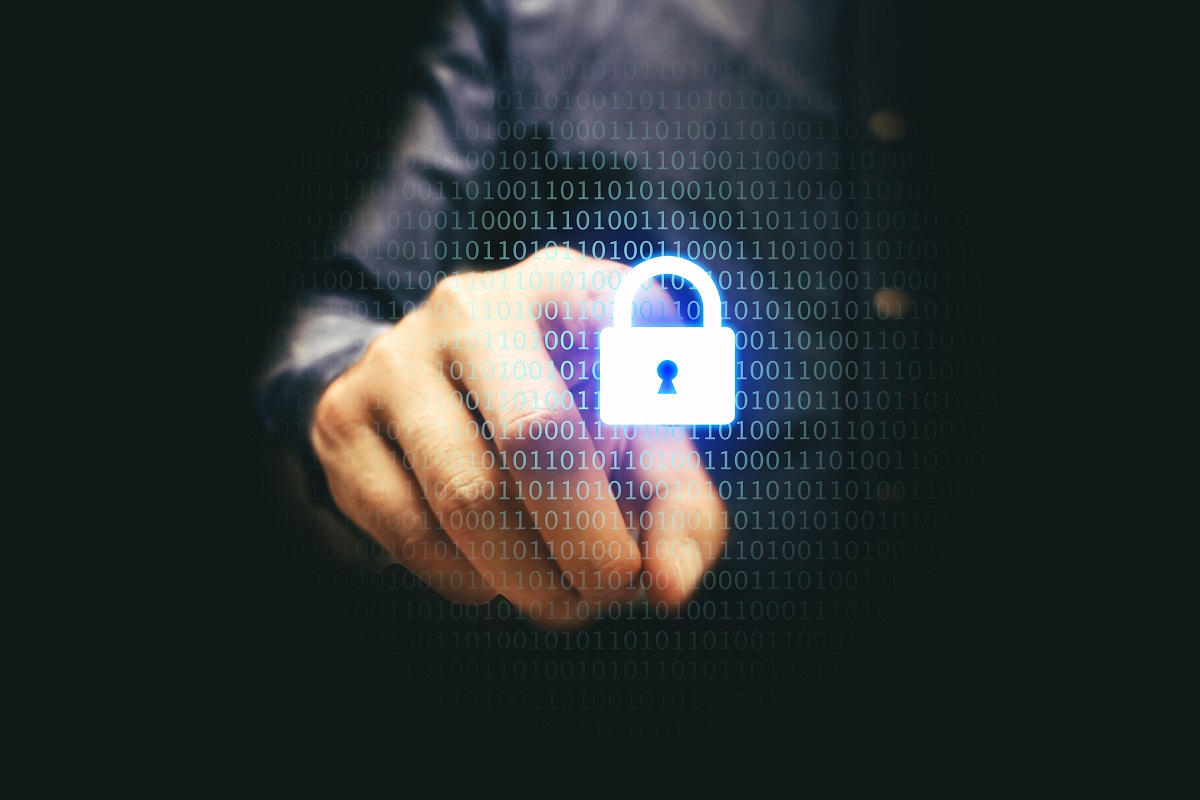For large and medium-sized enterprises, network security is one of the most critical components of cybersecurity. Every day, threat actors such as cybercriminals, hacktivists, and whistleblowers probe for vulnerabilities in their target’s security infrastructure. If they find a weak entry point, it could lead to unauthorized access, data breach, and loss of public trust.
Many businesses store sensitive data, which is why they invest in network security measures such as security penetration testing to ensure cybersecurity and compliance with data protection standards. It’s a small price to pay for protection from financial loss and reputational damage.
Every organization has its own methods for securing their network. It’s usually a blend of hardware, software, defense procedures, and security policies. These redundancies ensure that the entire network remains secure even if one component fails.
Here are a few things you need to know to maintain network security:
1. Set up a VPN
Transporting data across an open network is a cybersecurity hazard, so you need to set up a VPN. A virtual private network or VPN is essential to safeguarding sensitive data while allowing employees to access the network remotely. To ensure network security, a VPN encrypts data and identifies authorized users.
If you’re using a third-party VPN, check the vendor’s documentation to ensure that the network follows standard encryption and authentication protocols. You can also set up multi-factor authentication to add an extra layer of protection.
2. Secure the defenses
With most employees working from their homes, it’s more important than ever to protect remote devices from cyberintrusion. A threat actor only needs one vulnerable remote access port to gain access to the network, and securing multiple ports can become extremely challenging.
To mitigate this risk, you need to institute strong network defenses. For starters, you need to have a secure firewall and intrusion detection systems. You could also heighten cybersecurity protocols for remote workers.

3. Automate user access management
If there are too many users and few administrators, proper user access management can become difficult. Automating user access management allows you to focus on other aspects of your job.
Every privileged user is a potential vulnerability, which is why you need to manage user access and privileges every single day. If an employee leaves a company, you need to delete their account immediately.
4. Check the network
One of the most important things you should do is to scan the network for unauthorized devices. The frequency of scanning is fundamental, as an unauthorized user may have gained access to the secure system between checks. Regular audits help protect against cyberintrusion and allow you to check if all users are following your security policies.
5. Install antivirus software
Before distributing company computers to remote workers, you need to install antivirus and anti-malware protection first. You also need to equip the computers with monitoring software to check if the user has installed unauthorized software or disabled security.
These pointers will help you secure your organization’s network. The network is the backbone of a company’s infrastructure, which is why it’s critical to secure and defend it from external threats. Without proper network security, your company could suffer significant data breaches, leading to data theft or worse.
